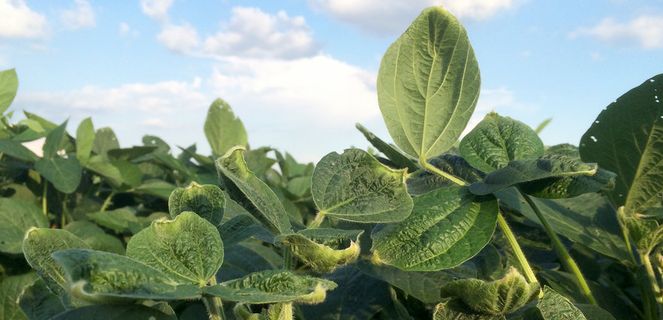Legal experts weigh in on the use of dicamba
by May 13, 2024 11:20 am 1,001 views

One of the most controversial topics in the agriculture industry is the use of the herbicide dicamba. Many state and federal policies regarding dicamba have changed in recent years including a federal court decision in Arizona that questions the future use of over-the-top dicamba products. The three products targeted are XtendiMax, Engenia and Tavium.
“The Feb. 6 decision from the U.S. District Court of Arizona was another major development in the ongoing saga impacting producers’ methods for protecting their crops,” Brigit Rollins, staff attorney for the National Agricultural Law Center, said. “Pending a possible appeal, producers will not be able to rely on over-the-top dicamba as they may have in the past.”
A week after the court ruling, the Environmental Protection Agency (EPA) issued a notice that it would still allow producers to use existing stocks of over-the-top dicamba during the upcoming growing season.
“We’ve seen this in the past, where the EPA allows producers to use dicamba stock that was purchased prior to a ruling,” Rollins said. “The end date for sale and distribution of dicamba stocks, as well as the end date for use of existing stocks, varies from state to state, so it’s important that producers consult the EPA’s notice to ensure they are complying with the new policy.”
Rollins will discuss dicamba during the next National Agricultural Law Center webinar, which will be held on May 15. The webinar, titled, “The Deal with Dicamba: Overview of Recent Legal Developments,” will begin at 11 a.m. Central/Noon Eastern. The event has no cost and registration is available online.
A recurring theme in the ongoing saga of dicamba lawsuits is environmental plaintiffs claiming the EPA has violated both the Endangered Species Act, or ESA, and the Federal Insecticide, Fungicide, and Rodenticide Act, known as FIFRA.
“A large part of why we get these court decisions impacting access to products such as dicamba is due to the EPA’s approach to meeting its ESA responsibilities while carrying out actions under FIFRA,” Rollins said. “The EPA is in the process of developing its new policy for how it meets these responsibilities. Because of this, we are expecting future changes to how producers are able to use pesticide products.”
“Brigit is an expert in pesticide developments and policy,” NALC Director Harrison Pittman said. “She has created great NALC resources on this topical area, such as the NALC Endangered Species Act Manual, and has presented excellent webinars in the past.”
Dicamba is a proven crop weed killer, but if it can drift from one field to another field and cause damage to crops that have not been genetically modified for dicamba. Arkansas officials have had to navigate a delicate playing field for years when it comes to the use of dicamba, especially in Northeast Arkansas where it is used on soybean and cotton crops among others.
Dicamba has been banned in several states. Dicamba has been used as a herbicide for more than 50 years to manage 200 broadleaf weeds. Hundreds of lawsuits have been filed in connection with the use of the herbicide nationwide during the last decade.
Dicamba has been highly controversial in its application since the Arkansas Plant Board received about 1,000 damage complaints in May 2017, primarily in Northeast Arkansas. Drift from the application of dicamba was suspected to be damaging other crops.
